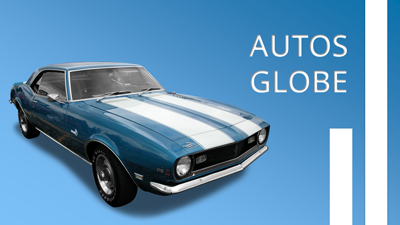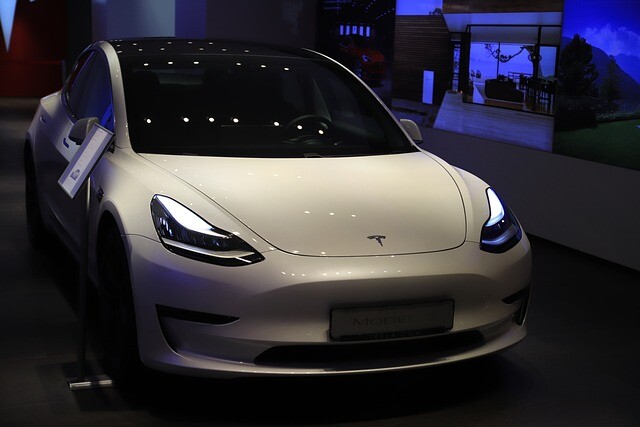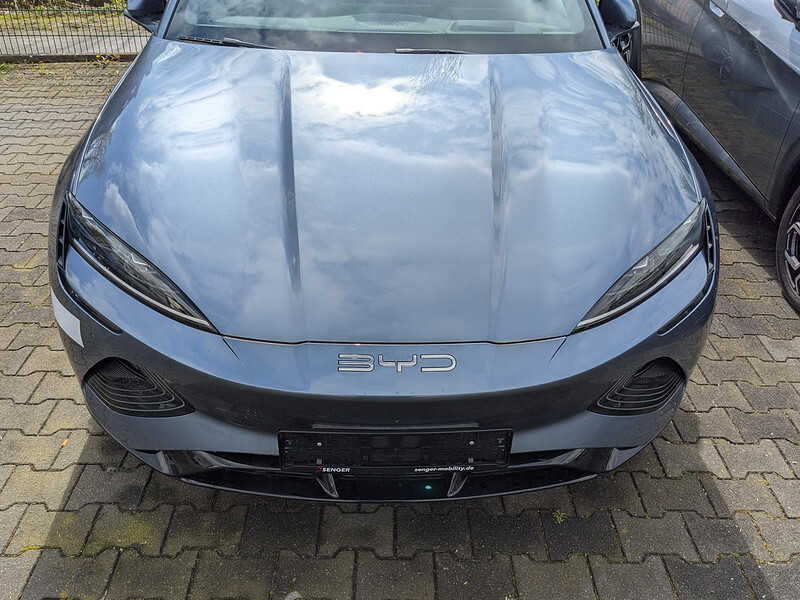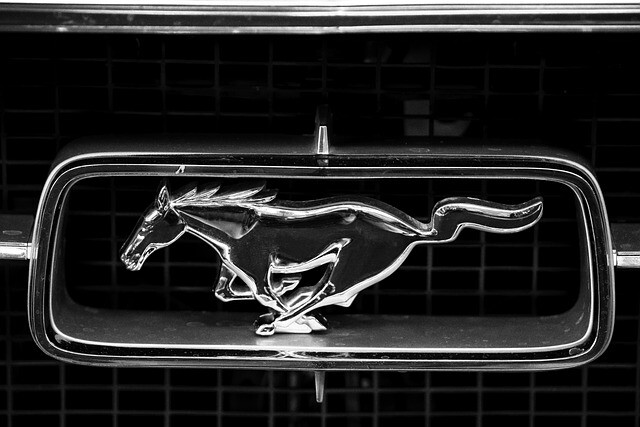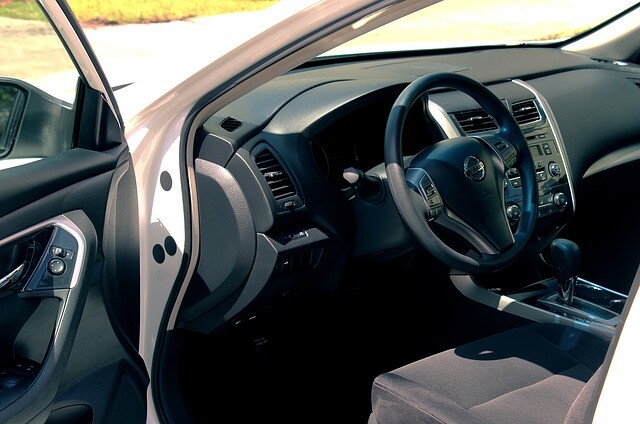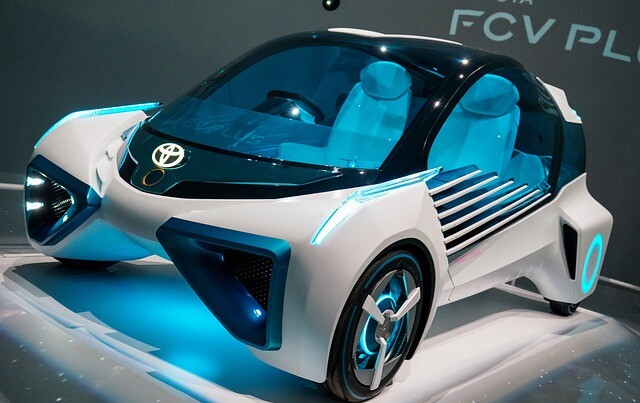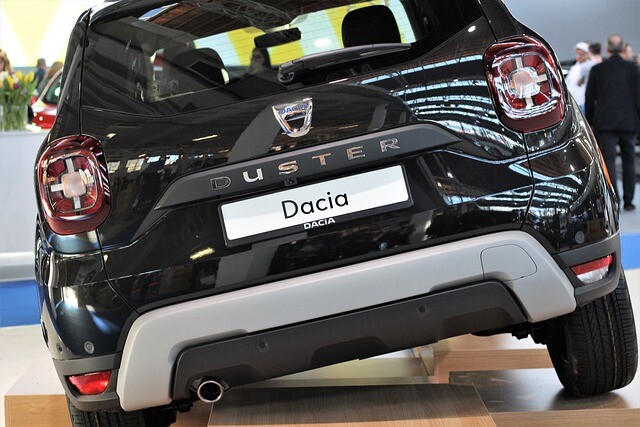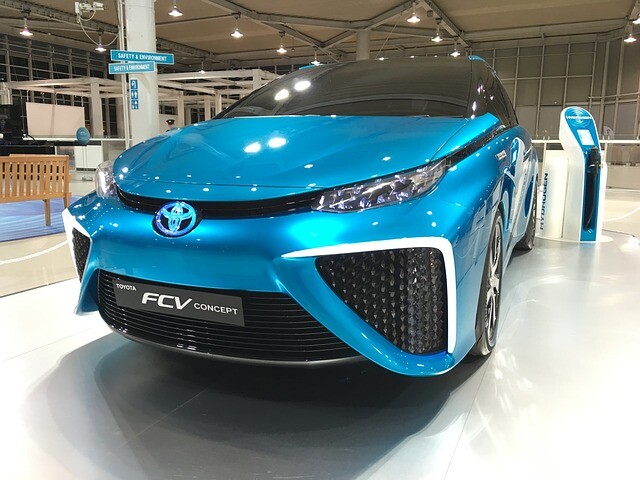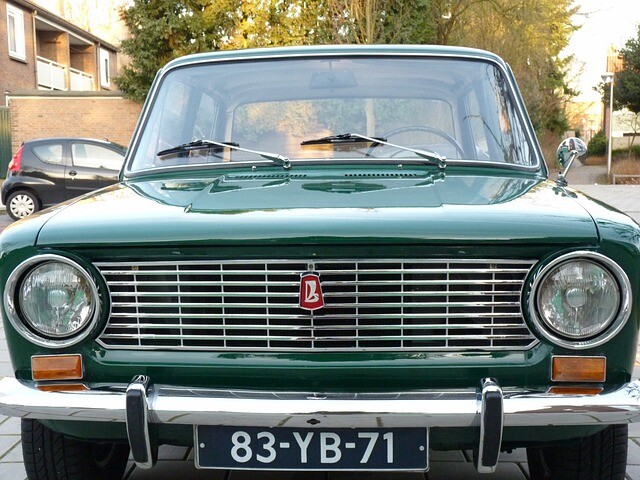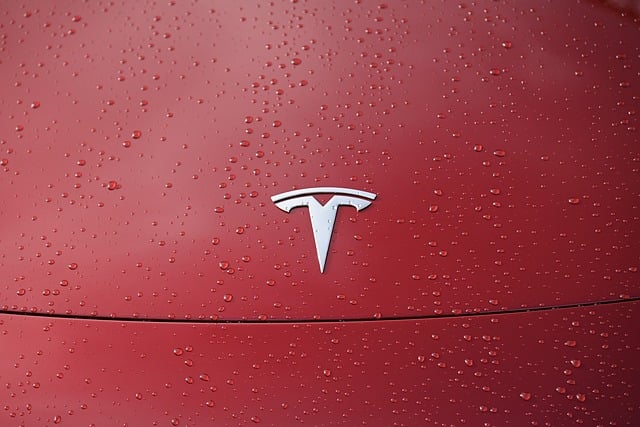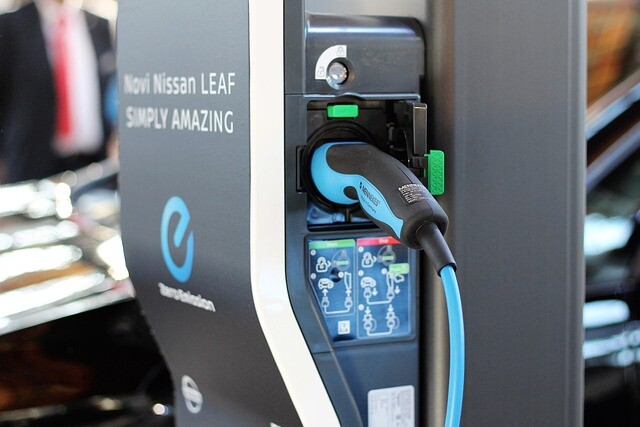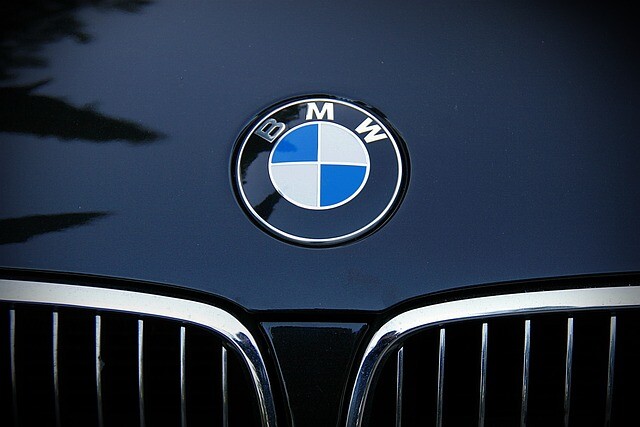Hydrogen from water
The missing link is ready to start the spread of hydrogen driving. An American company designed, manufactured, and even sold a few copies of the machine needed to open many hydrogen filling stations worldwide.
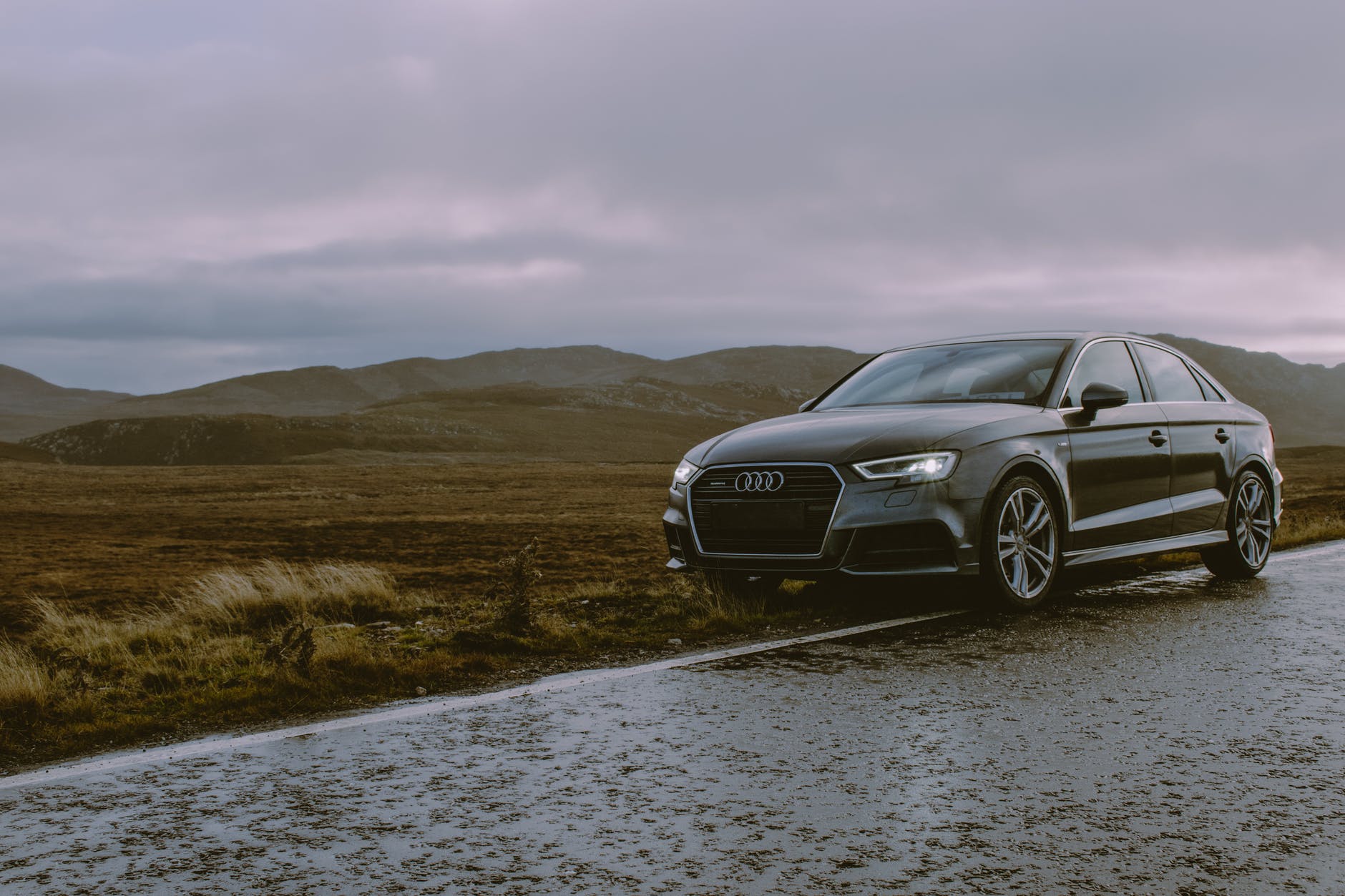
Petrol and diesel based motoring have slowly begun to take their place in electric mobility. We all see and experience the fact that every day we are surrounded by several green license plates, even in Hungary - even though our country has not taken a pioneering role in this transformation. But what has happened so far is just the beginning of the change. Plug-in hybrid cars and cordless electric cars are not the end of the transformation. Many large automotive and aftermarket companies see that soon (which is still decades ahead) hydrogen powered vehicles, fuel cell technology will also play a rapidly expanding role in mobility.
This seems necessary for two reasons. One is the range problem of battery electric cars. If you want a car (or truck, bus) that can go further with a charge, you need a battery with more capacity, more weight (and more expensive). The new Mercedes EQC approx. For a realistic range of 300 kilometers, you need six and a half miles of battery. However, even the double, six hundred kilometers range is not much for gasoline-fueled motorists, but the car is already half that, 2.5 tons and 22 million forints. Of course, there is the quick charge, which seems like an acceptable compromise. If you need to stop every 300km for 20-40 minutes to get another 300km in the battery, you can endure it. On the other hand, if the transition really started, or more accurately, switching from an internal combustion engine to electric, it would require huge and probably poorly utilized infrastructure investments.
Hydrogen under high pressure, on the other hand, is a refueling fuel, with about 700 bar in the most common 700 bar systems today. up to 100 km of fuel per minute in the wagons. And the weight of the hydrogen tanks is negligible compared to the batteries. Of course, it takes more space on a three-kilo, approx. Three hundred kilometers is enough hydrogen, like the Mercedes EQC battery pack, but the volume is the least important in vehicles that they often travel far (trucks, buses, even minibuses, big family cars).
(Source: vadess.hu / Photo: pixabay.com)
